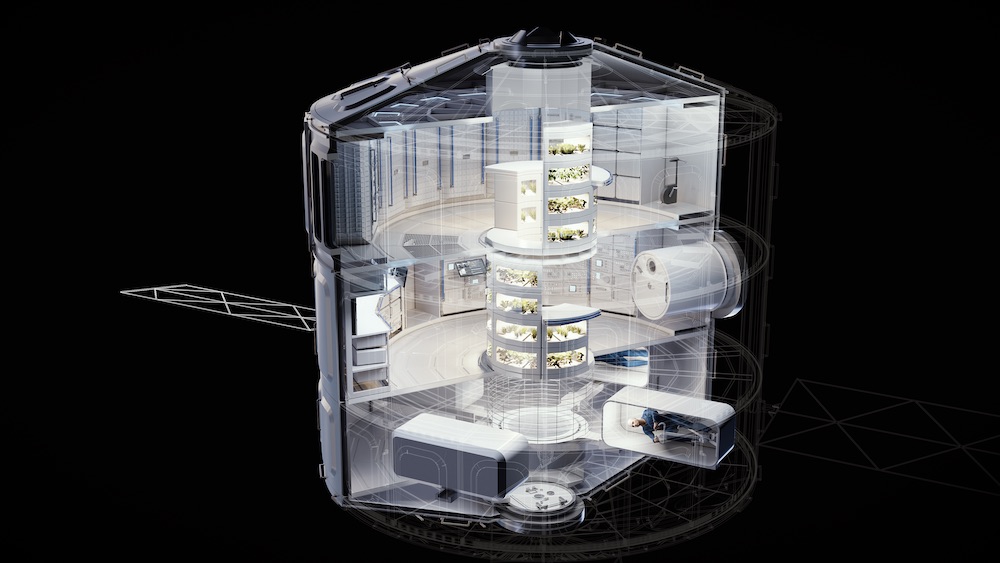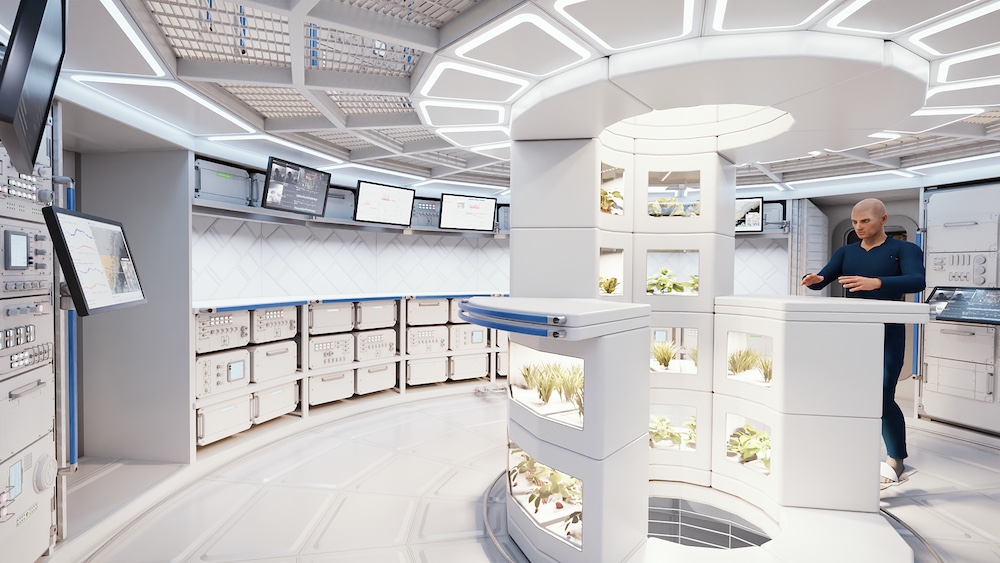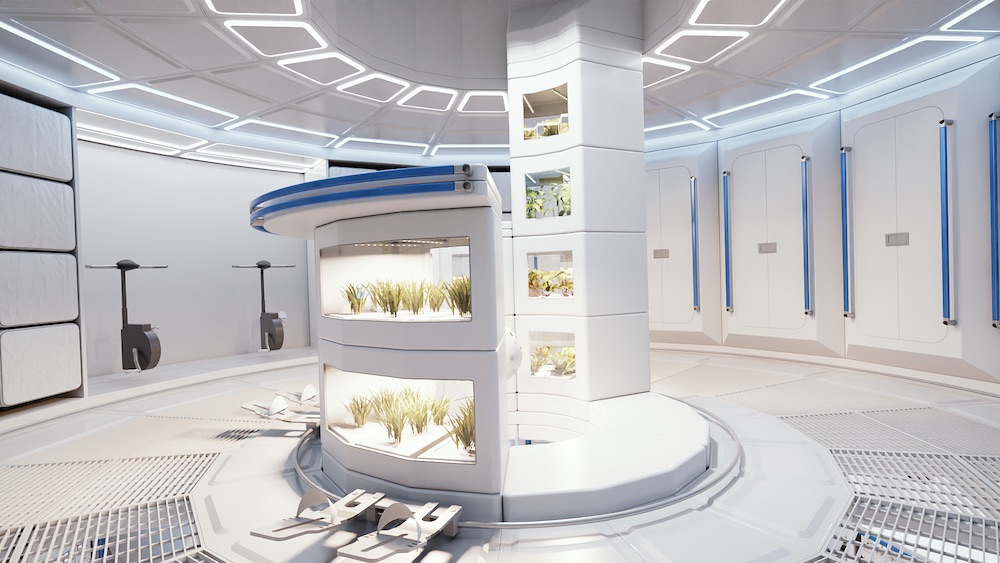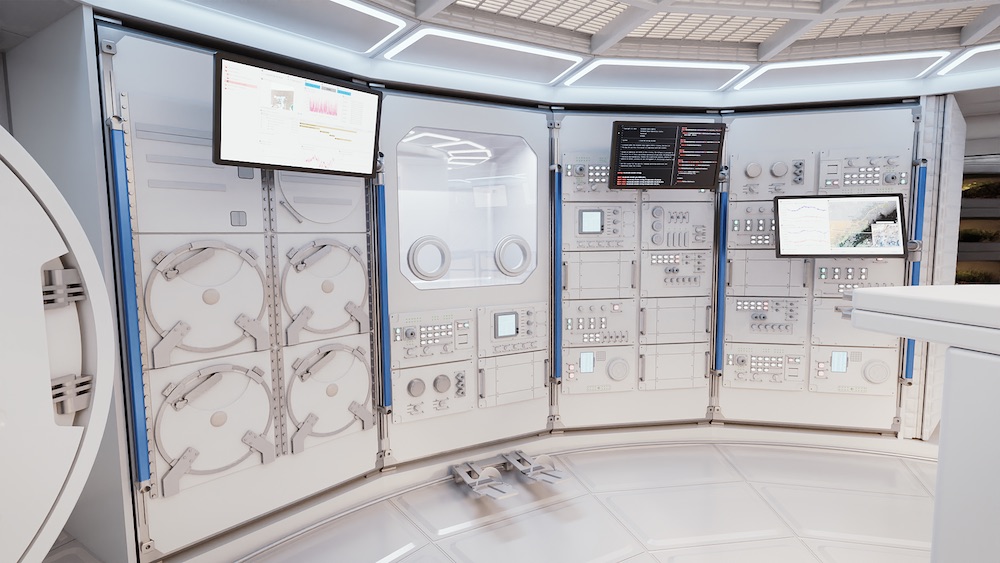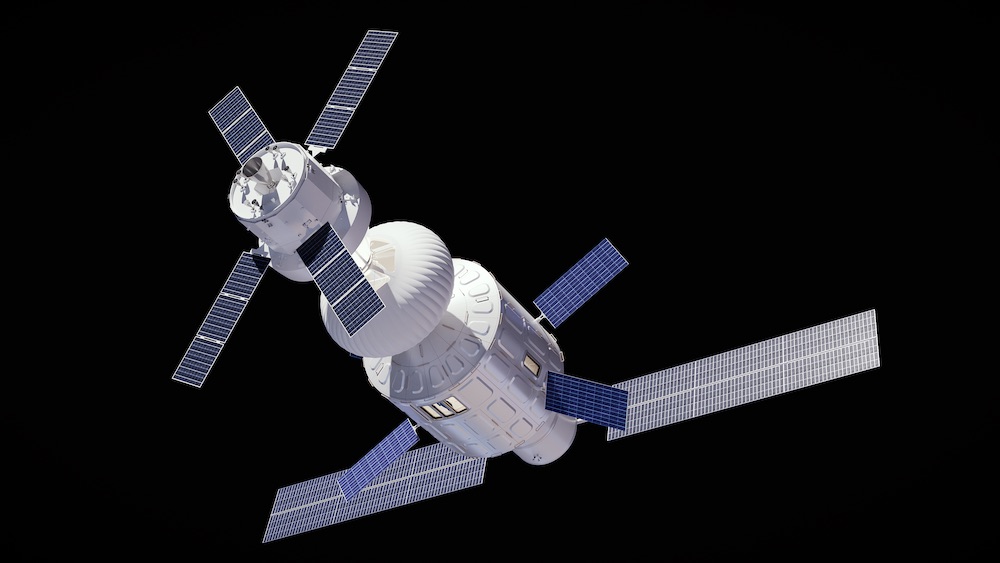Airbus has unveiled a concept design for a gorgeous-looking space station that it says could one day orbit Earth or another planet far away.
The LOOP incorporates a modular design that can be easily upgraded and expanded with new features.
The core module has a diameter of 26 feet (about 8 meters), giving the crew plenty more space than they have in the cramped sections of the International Space Station (ISS) that currently orbits Earth.
Airbus’ design consists of three levels: the Habitation Deck, the Science Deck, and the Centrifuge.
The Centrifuge is particularly intriguing as it’s built to create gravity conditions for crewmembers, reducing the stress of weightlessness on the human body.
The decks are connected by a centrally placed tunnel that’s surrounded by a greenhouse structure to give the crew a constant and comforting view of nature.
The LOOP is designed for four astronauts, though Airbus said it could temporarily hold up to eight during events like crew swaps.
Notably, the LOOP has been designed to launch in one piece with the next-generation of launchers, like the Super Heavy and Starship spacecraft (once SpaceX has perfected the flight system, that is), allowing for simple and cost-effective deployment.
“The Airbus LOOP is designed to make long-term stays in space comfortable and enjoyable for its inhabitants, while supporting efficient and sustainable operations at the same time,” Airbus said on its website. “It builds on everything that has been learnt over the decades and fully exploits the potential of tomorrow’s technologies in order to best support humanity’s future in space, in low-Earth or lunar orbit, or on long-term missions to Mars.”
There are currently two off-Earth human habitats in operation. The ISS, which has been orbiting around 250 miles above Earth for the last two decades, and China’s new Tiangong station, which is also in low-Earth orbit.
China’s station started hosting taikonauts only recently and so has many years of operation ahead of it. But the ISS is starting to show its age and is set to be decommissioned in 2031.
The ISS’ approaching retirement has prompted NASA to turn to private firms to build the next generation of space stations, with Texas-based Axiom Space and Washington state-based Blue Origin both moving ahead with separate designs that could be hosting astronauts at some point in the 2030s. NASA is also planning the Lunar Gateway, which will orbit the moon and act as a stop-off point for crew and spacecraft heading to and from the lunar surface.
